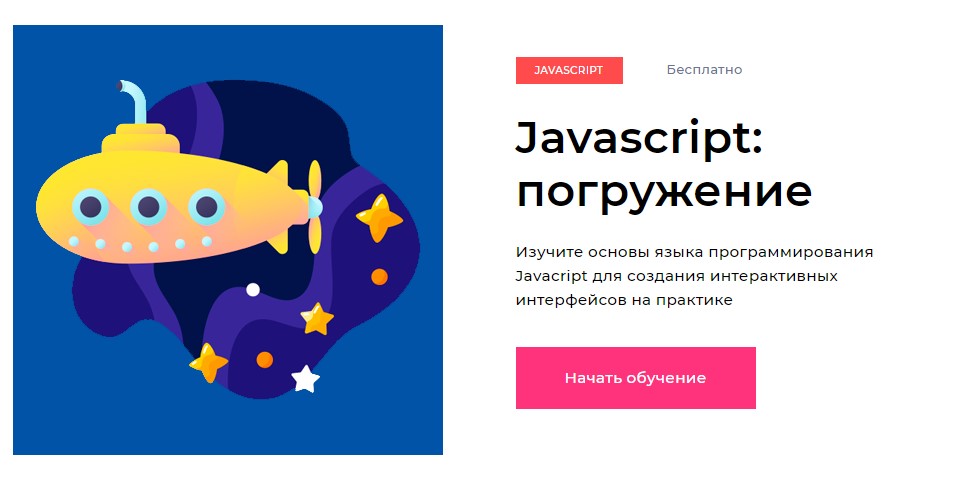When considering a career change, many people look towards website creation — it’s promising, well-paid, allows for remote work, and is mostly unaffected by lockdowns, crises, and other global issues. But one of the reasons people abandon that dream is the need to invest in education. If taking the risk feels scary and there's no money for learning, that doesn’t mean you should give up on your future.
We offer completely free courses where you can gain basic knowledge and start freelancing after completing the program. There are three main areas of study — web design, layout (frontend coding), and programming. This gives you the opportunity to choose the path that fits your interests, skills, and strengths best.

Web Designer
A web designer is someone who creates the core concept of a website and designs its look. This includes many aspects — from a smart, user-friendly interface to creating a brand identity and logo. A unique and recognizable website design is the company’s reputation, its face, and a path to profit. Web design stands at the intersection of visual creativity and marketing. It’s important not just to make things beautiful and stylish but also to help drive sales through clear messaging.
What you need to know for the job:
All of this is included in the course “Web Designer: Explosive Start”. There’s also a heavy focus on practice — theory alone won’t prepare you for work. From the first class, you’ll start working in design programs and completing tasks you’ll encounter in real jobs.
Graduates of this course earn on average from $500/month right after completing it. From there — the only way is up. The average salary in CIS countries is around $1,000. If you continue growing in this field, you’ll get higher-paying projects and increase your income.
The course is led by experienced, active mentors who check your assignments and give detailed feedback. Read more about the role of mentors in the learning process.
Web Layout Developer
The designer’s mockup needs to be “brought to life” and turned into a web page. Functionality and responsiveness must also be considered. The appearance and proper display of a page fall under the responsibilities of the layout developer. These professionals are often hired to improve existing websites as well — for example, older sites that aren’t mobile-friendly or don’t meet modern SEO standards.
Where do web layout developers work? Both as freelancers and in agencies, studios, or bureaus. Sometimes freelancers form small teams — a designer may have clients and want to offer full service. In that case, they look for collaborators like a layout specialist and a developer.

As for income, the range is wide — from $400 to $1500+ per month. On freelance platforms, your income depends on how much you work and how well you can find quality projects. It’s all in your hands.
The course “Web Layout: The Beginning” provides not only a solid technical base, but also covers freelance fundamentals — an essential component, since even top-level skills are useless if you don’t know where to apply them or how to land a job.
What’s included in the course:
During the course, students create two independent projects that become the first pieces in their portfolio. That’s a key part of the process, as employers judge you by your work — and you’ll need those examples moving forward.
Programmer
After the site’s design and layout are complete, it’s the programmer’s turn. For a website to function on the internet, a database interface must be created and dynamic pages developed. Programmers are also hired not only for development but for site analysis and maintenance.
Programmers typically earn more than designers and layout developers. However, the education and work itself are more complex. The average salary for a programmer in post-Soviet countries is $1500–2000. Beginners usually start at $800, quickly reach $1000, and keep growing.
You’ll get the foundational knowledge in the course “JavaScript: Deep Dive”. The course covers:
Benefits of Free Courses
Each course includes lessons on starting freelance work and creating several portfolio projects. After completing the training, you’ll be a junior-level specialist who already understands job tasks and development paths.
Your mentor will offer advice on registering with freelance platforms and help you learn how to find clients and stand out from the competition.
Online lessons are convenient and accessible. You no longer have a reason to postpone learning, since classes are flexible and don’t interfere with your current job. That’s especially important when switching careers feels scary — you can try a new direction without quitting your current work.

This format is accessible to people in small towns with few job opportunities, let alone education options. It’s also a chance for people with limited mobility or restricted profession choices. All you need to start is a computer and internet connection.
Watch the online premiere “WAYUP Open House Day” to see how classes are run, what teaching methods are used, and what future our students can expect.



